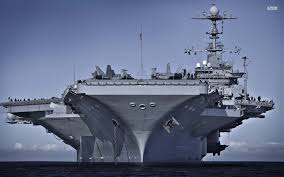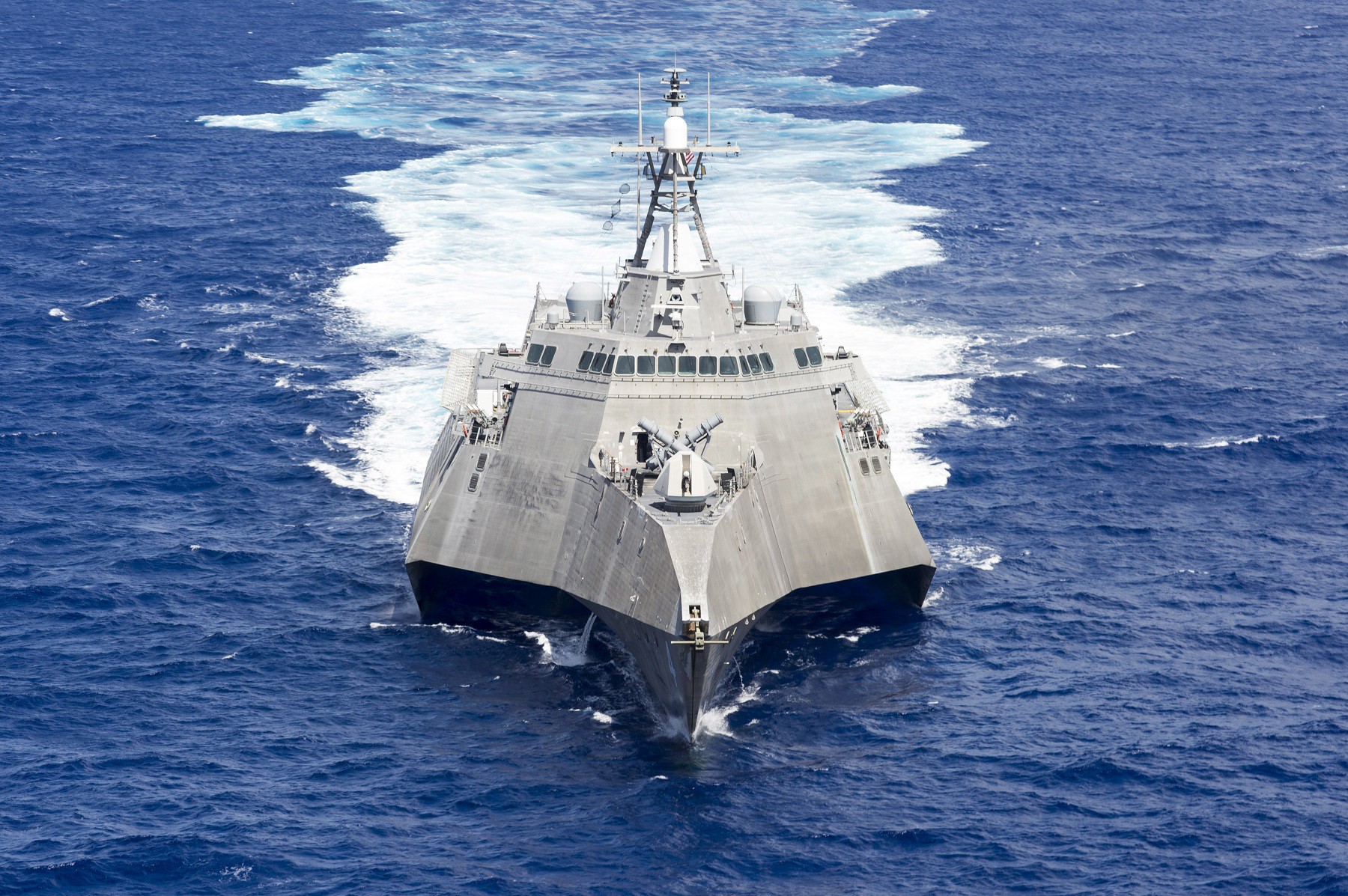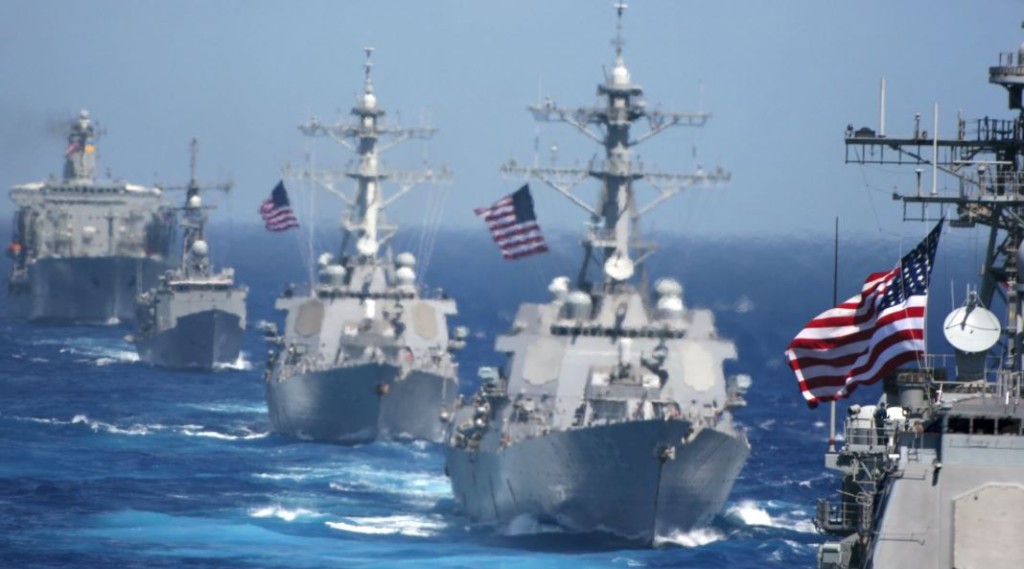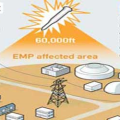The severe effects of eight years of disinvestment are taking hold on the United States Navy, at the same time that massive investment by Russia and China have dramatically increased the threat at sea. America has not been this imperiled on the oceans since the middle of World War 2.
An unclassified study by the Mitre organization found that the “Navy’s budget is insufficient to fund required force levels. The Navy’s budget is insufficient to develop, procure, operate, and sustain all the forces need to meet the revised defeat / hold scenario force structure. In addition, budget instability forces the Navy to make acquisition decisions that undermine affordability initiatives…for the last four years, the Navy has been operating under reduced top-lines and significant shortfalls. There will likely continue to be increasing pressure on the procurement accounts, which in turn threatens the near-term health of the defense industrial base.”
Testifying before the House Armed Services Committee, Adm. William F. Moran painted a dismal picture of a Navy that has been strained to the limit. Moran told committee members the ongoing demand for U.S. Naval forces far exceeds its long-term supply. And, he added, the Navy is the smallest it’s been in 99 years, making it urgent to “adequately fund, fix and maintain the fleet we do have.” Moran stressed that the Navy has never been busier, since the threats are spread across the globe. said. He asserted that the sea force was doing all it could to meet the challenges, bu that the lack of resources was clearly taking its toll. “For years, we’ve all learned to live with less and less, we have certainly learned to execute our budget inefficiently with nine consecutive continuing resolutions,” Moran said. But this has forced the Navy to repeatedly take money from cash accounts that are the lifeblood of building long-term readiness in its ranks, he added.
Moran’s testimony continued, “As our Sailors and Navy civilians… prepare to ensure our next ships and aircraft squadrons deploy with all that they need, the strain is significant and growing…our shipyards and aviation depots are struggling to get our ships and airplanes through maintenance periods on time. In turn, these delays directly impact the time Sailors have to train and hone their skills prior to deployment. These challenges are further exacerbated by low stocks of critical parts and fleet-wide shortfalls in ordnance, and an aging shore infrastructure…It has become clear to me that the Navy’s overall readiness has reached its lowest level in many years…
 “Our readiness challenges go deeper than ship and aircraft maintenance, directly affecting our ability to care for the Navy Team. Our people are what make the U.S. Navy the best in the world, but our actions do not reflect that reality. To meet the constraints of the Balanced Budget Act, the Navy’s FY 2017 budget request was forced to reduce funding for Permanent Change of Station (PCS) moves. These reductions have been compounded by the Continuing Resolution, which imposed even further reductions on that account. Without sufficient PCS funding, the Navy will be unable to move Sailors to replace ship and squadron crewmembers leaving service, increasing the strain on those who remain. This is an area in which timing also matters greatly. Even if the money comes eventually, if it is too late, necessary moves will be delayed until the beginning of the new fiscal year. That means our Sailors with children will be forced to relocate their children in the middle of a school year. And because we don’t know if and when additional PCS funding may come, we cannot give our Sailors and their families much time to prepare, often leaving them with weeks, rather than months, to prepare for and conduct a move, often from one coast, or even one country, to another. Meanwhile, our shore infrastructure has become severely degraded and is getting worse because it has been a repeated bill payer for other readiness accounts in an effort to maintain afloat readiness. Consequently, we continue to carry a substantial backlog of facilities maintenance and replacement, approaching $8 billion.
“Our readiness challenges go deeper than ship and aircraft maintenance, directly affecting our ability to care for the Navy Team. Our people are what make the U.S. Navy the best in the world, but our actions do not reflect that reality. To meet the constraints of the Balanced Budget Act, the Navy’s FY 2017 budget request was forced to reduce funding for Permanent Change of Station (PCS) moves. These reductions have been compounded by the Continuing Resolution, which imposed even further reductions on that account. Without sufficient PCS funding, the Navy will be unable to move Sailors to replace ship and squadron crewmembers leaving service, increasing the strain on those who remain. This is an area in which timing also matters greatly. Even if the money comes eventually, if it is too late, necessary moves will be delayed until the beginning of the new fiscal year. That means our Sailors with children will be forced to relocate their children in the middle of a school year. And because we don’t know if and when additional PCS funding may come, we cannot give our Sailors and their families much time to prepare, often leaving them with weeks, rather than months, to prepare for and conduct a move, often from one coast, or even one country, to another. Meanwhile, our shore infrastructure has become severely degraded and is getting worse because it has been a repeated bill payer for other readiness accounts in an effort to maintain afloat readiness. Consequently, we continue to carry a substantial backlog of facilities maintenance and replacement, approaching $8 billion.
“Time is running out. Years of sustained deployments and constrained and uncertain funding have resulted in a readiness debt that will take years to pay down. If the slow pace of readiness recovery continues, unnecessary equipment damage, poorly trained operators at sea, and a force improperly trained and equipped to sustain itself will result. Absent sufficient funding for readiness, modernization and force structure, the Navy cannot return to full health, where it can continue to meet its mission on a sustainable basis.”
A Defense News analysis put the crisis in stark terms: “…nearly two-thirds of the fleet’s strike fighters can’t fly — grounded because they’re either undergoing maintenance or simply waiting for parts or their turn in line on the aviation depot backlog…more than half the Navy’s aircraft are grounded, most because there isn’t enough money to fix them…there isn’t enough money to fix the fleet’s ships, and the backlog of ships needing work continues to grow…some submarines are out of service for prolonged periods.”
Frank Vernuccio serves as editor-in-chief of the New York Analysis of Policy and Government, (usagovpolicy.com) and co-host of the Vernuccio/Novak radio program.



















Follow Us